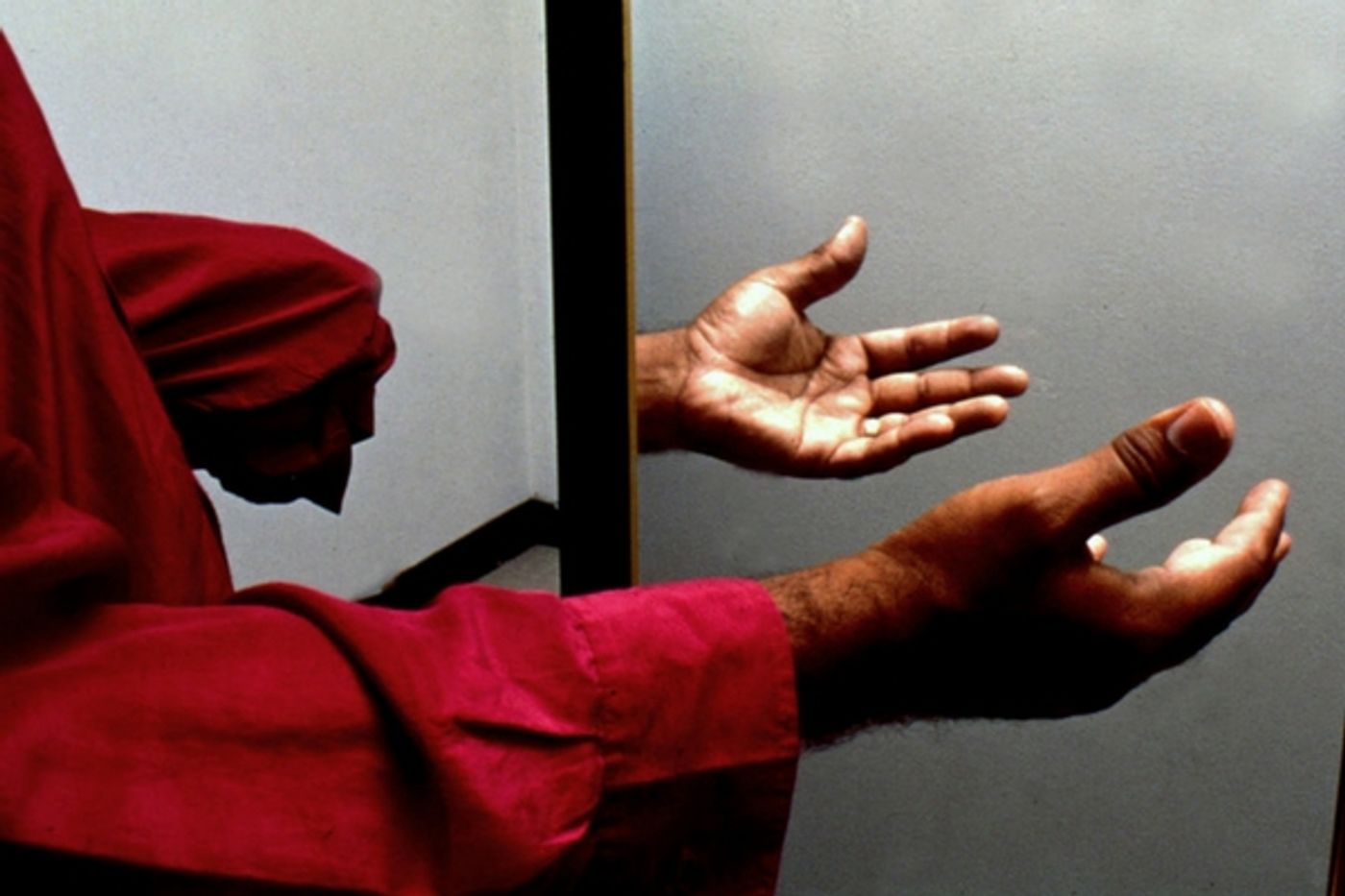For amputees, in addition to dealing with the trauma of their injury and lost limb, as many as 80% of patients who have had a limb amputated experience Phantom Limb Pain, or PLP. It’s absolutely real and can impeded healing and rehab for some. The exact cause isn’t known but it’s thought that signals from the brain are sent through the spinal cord, but do not reach the end point, since the limb is missing and this is confusing for the brain to process. Because the pain is not due to injury, since those nerves and tissues are gone, it’s difficult to treat. Dr Max Ortiz Catalan at Chalmers University of Technology in Sweden may have come with an answer for amputees in his recent research.
Using machine learning and augmented reality Dr. Ortiz Catalan worked with 14 patients who had suffered the amputation of an arm. In a press release he stated,
“We selected the most difficult cases from several clinics. We wanted to focus on patients with chronic phantom limb pain who had not responded to any treatments. Four of the patients were constantly medicated, and the others were not receiving any treatment at all because nothing they tried had helped them. They had been experiencing phantom limb pain for an average of 10 years.” Catalan felt using a group of volunteers with such severe issues would be the ultimate test of the technology he was developing.
Ortiz Catalan used a high tech approach involving augmented reality. While sometimes confused with virtual reality, used in many video games, augmented reality is different. It places a computerized image or overlay on top of an actual scene, whereas virtual reality is not real at all, it’s an entirely computer created environment. The team in Sweden developed machine simulations of muscle movements. A virtual arm was created from this data. An image of that virtual arm was then overlayed on a mirrored screen on which the amputees could see themselves. Placing their amputated arm into the frame with the overlay of the virtual arm, they could control movements of the virtual arm as if it were their own arm. This helps the brain complete the circuit of signals used to move limbs that might be the cause of the pain. One theory is that PLP occurs when that circuit is interrupted. The amputees completed 12 sessions of movement exercises with the system. The sessions were also game-like and the patients seemed to enjoy them as well, which could have contributed to the outcome.
The study results showed that the frequency and severity of their pain decreased by 50%. The patients were treated with the new method for 12 sessions. At the last session the intensity, frequency, and quality of pain had decreased by approximately 50% and activities like daily living chores and sleep quality were less impacted by pain than before the study. Of the four patients that were medicated, two of them were able to reduce their medication dosages, one by a staggering 81% and the other by 33%. The team hopes to expand the research into amputees who have lost legs as well. Check out the video below and see how this high tech approach is helping patients cope with devastating injury.
Sources:
Chalmers University,
Amputee Coalition.org,
TechCrunch


















































